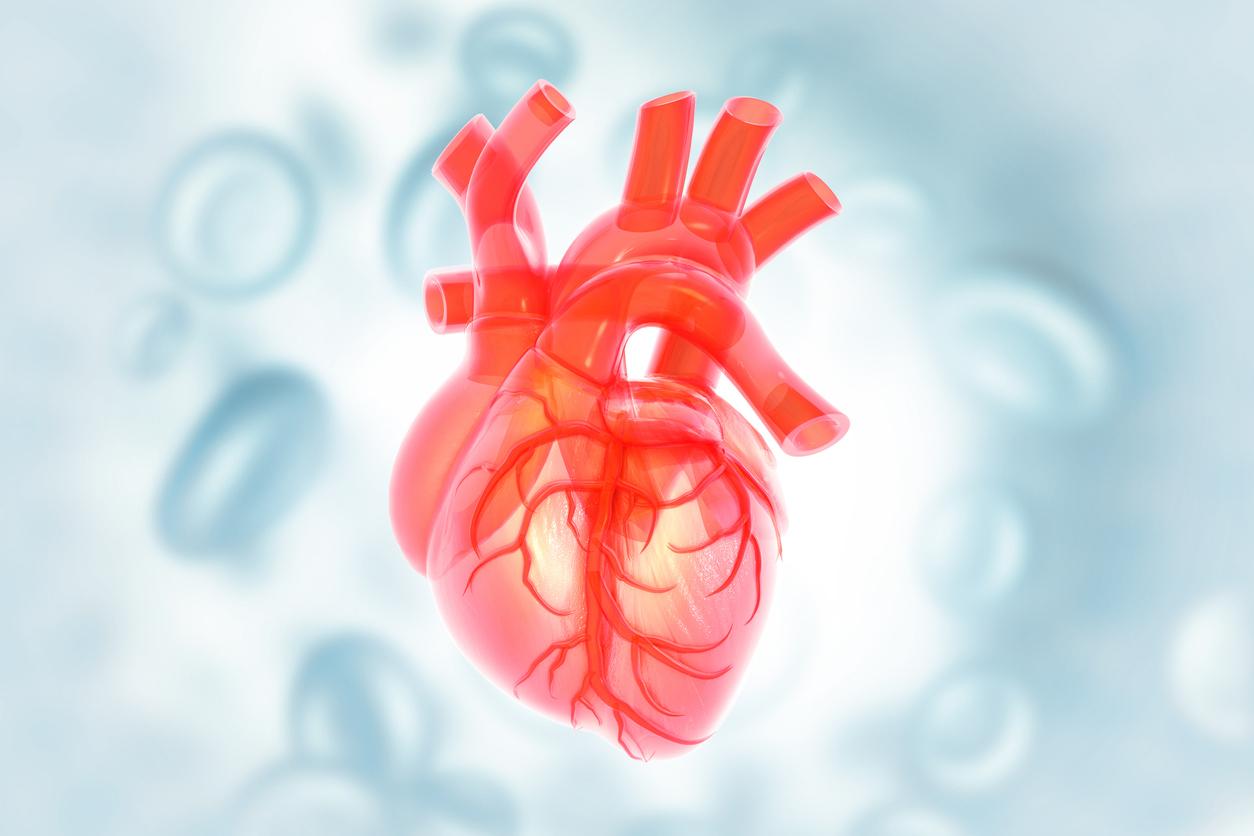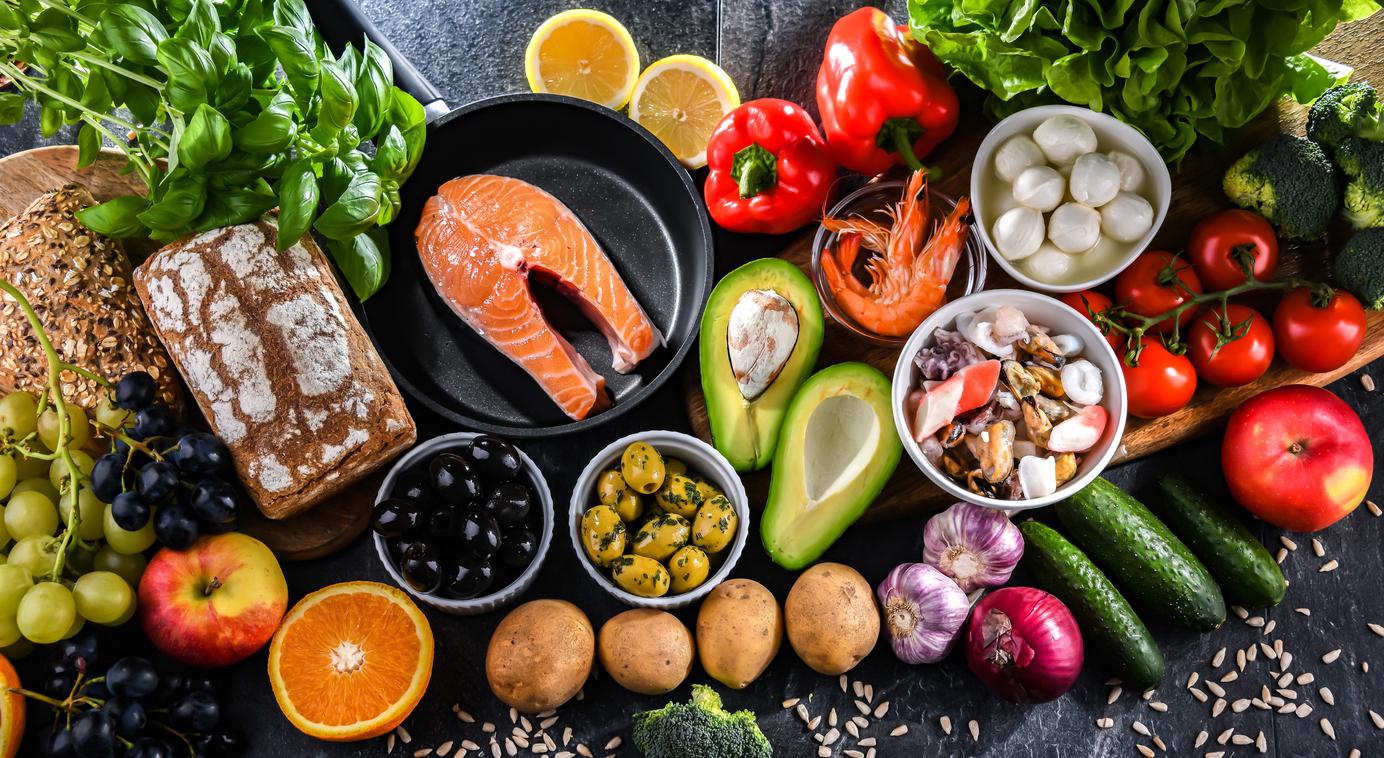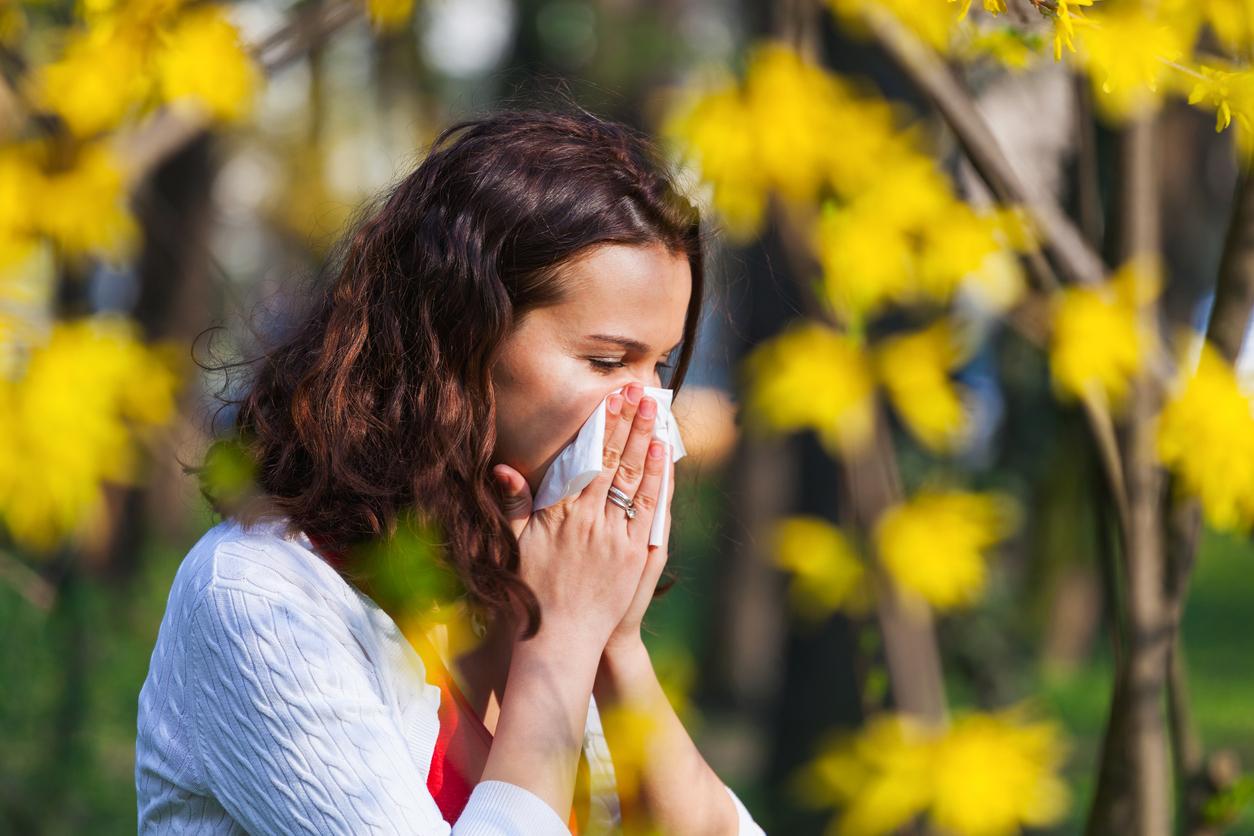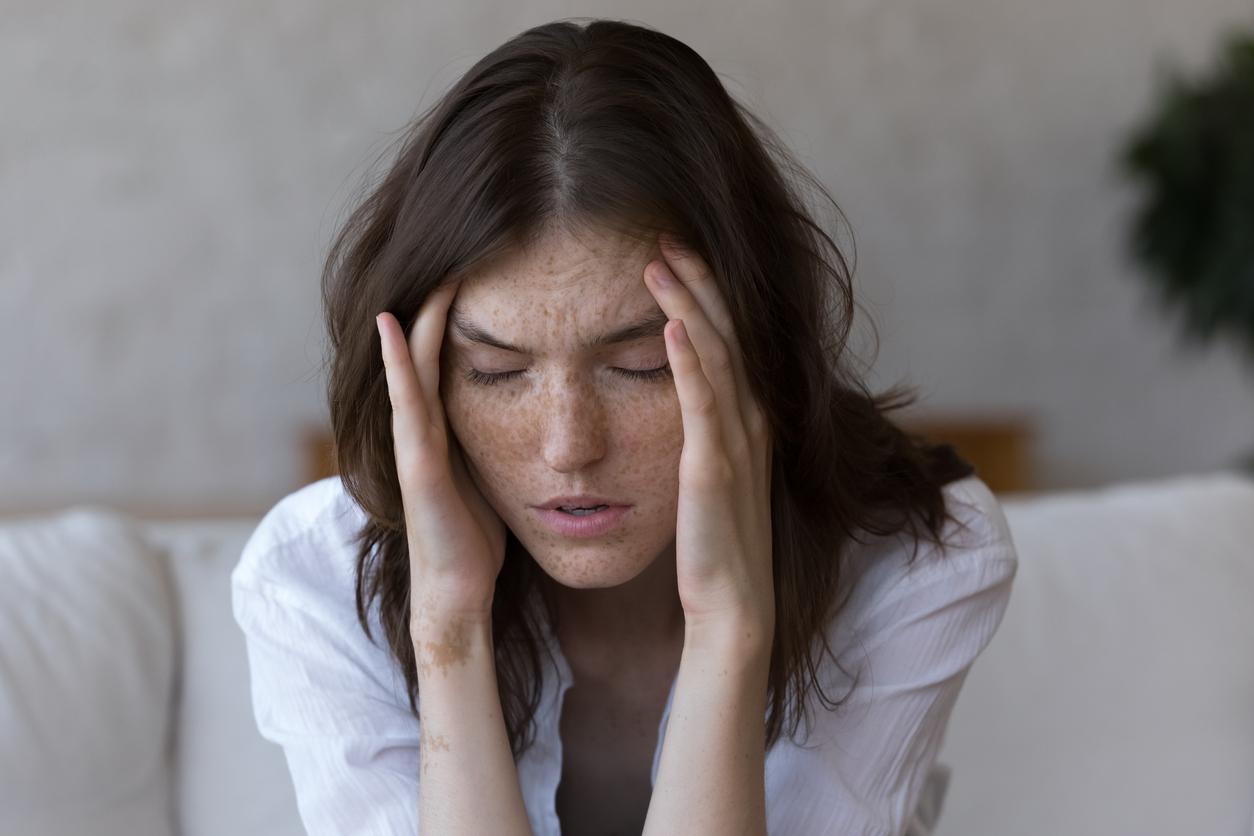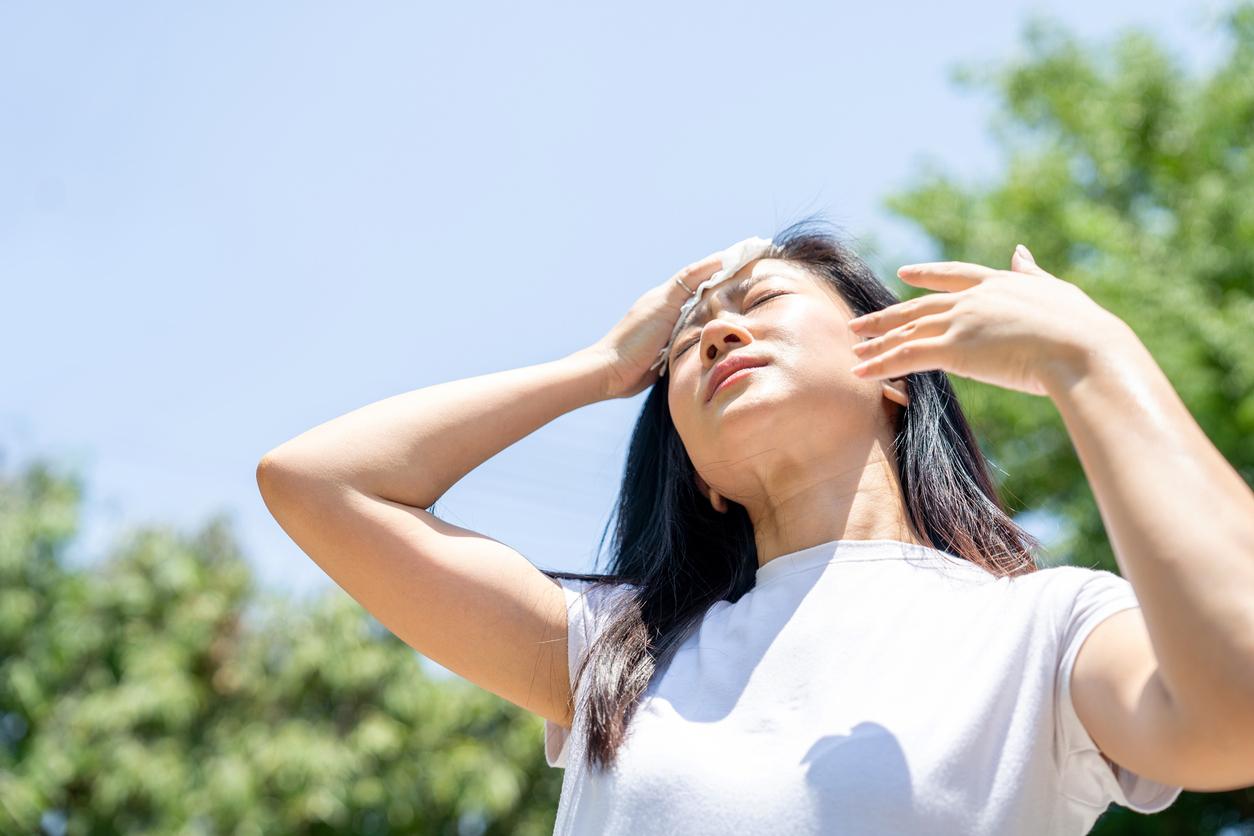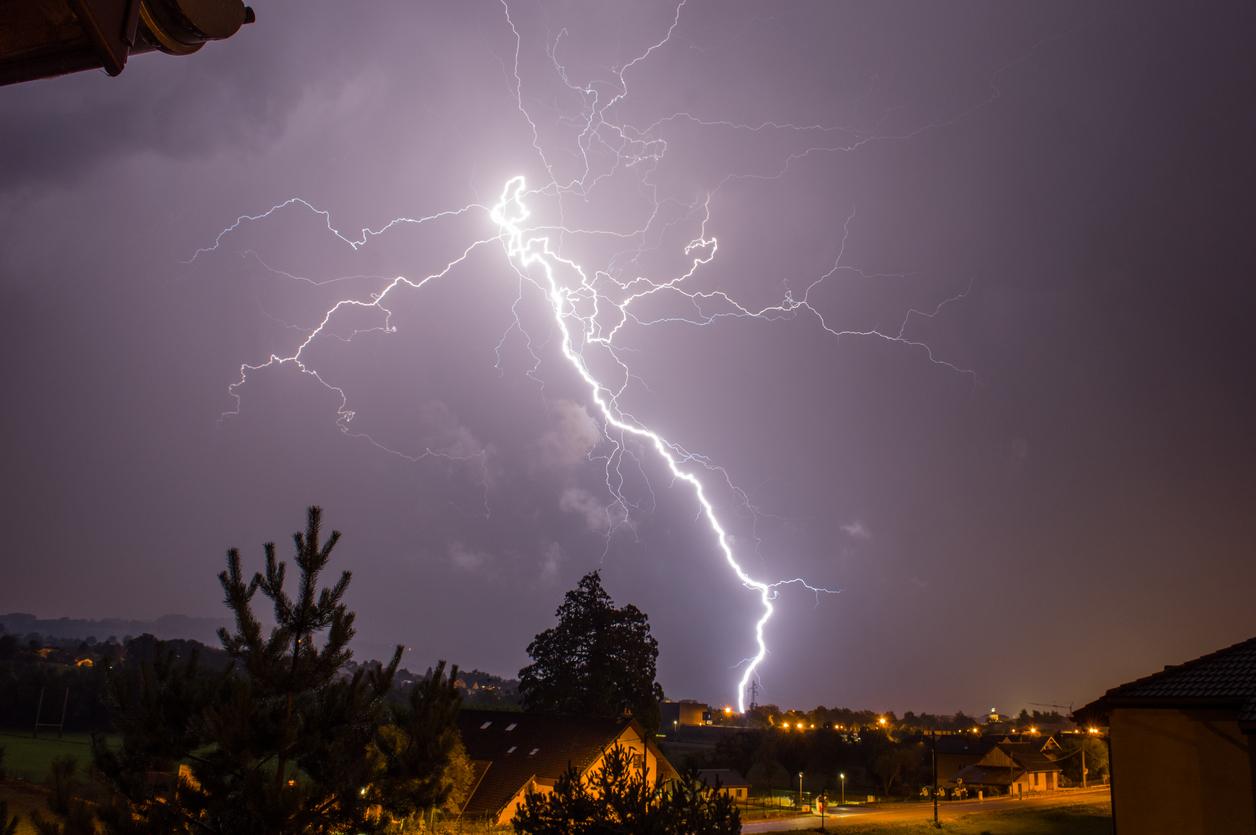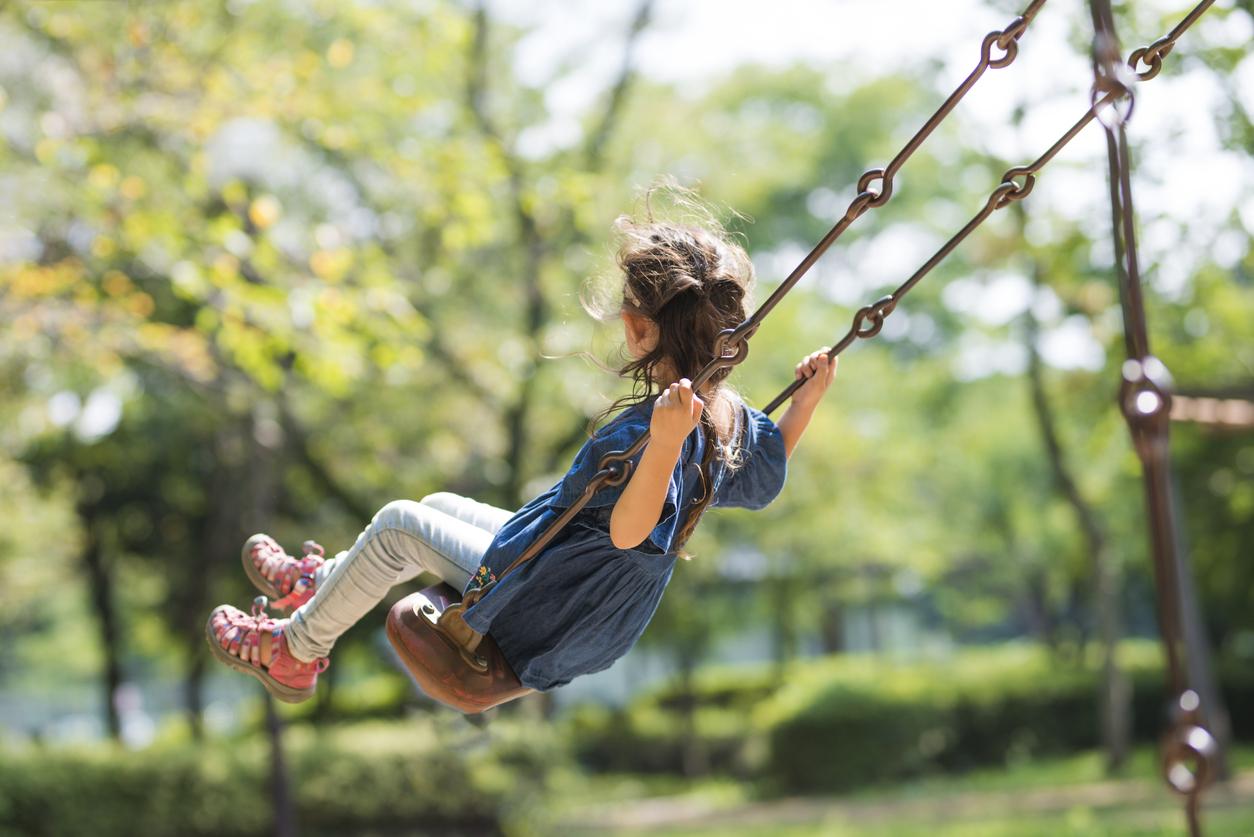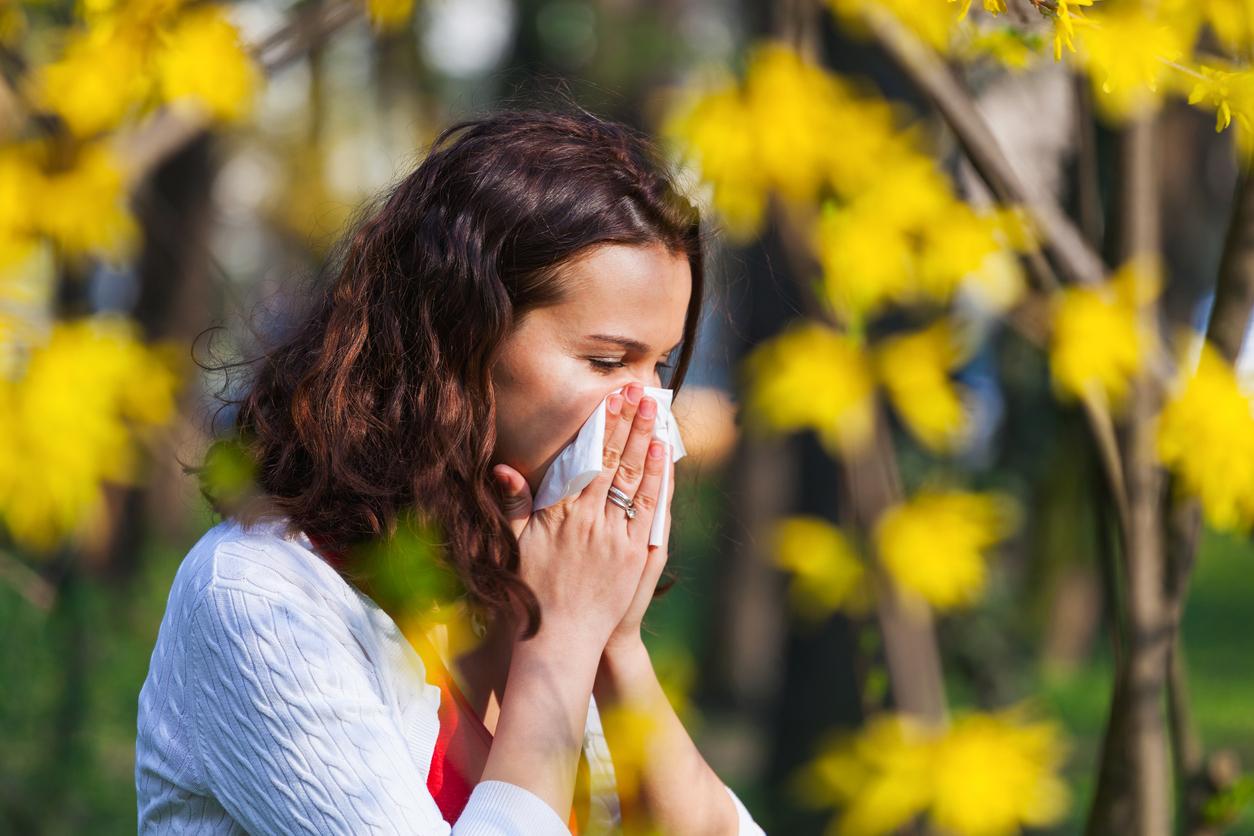“With very favorable weather conditions for the emission and dispersion of pollen in the air, pollen concentrations are increasing sharply on all our pollen sensors” announces the National Aerobiological Surveillance Network (RNSA) in its allergo-pollinic bulletin of February 25.
In fact, the anticyclone which has settled over France and which is bringing a very calm and often sunny, will not spare allergy sufferers. Another bad sign for those who live in the southern half, Mistral and Tramontane will again blow hard in the Rhône Valley and in the south of the country with gusts of up to 100 to 105 km/h, which will promote the dissemination of pollen and exacerbate the symptoms of allegic conjunctivitis.
- The cupressaceae pollen (cypresses, junipers, cedars) present a high risk of allergy around the Mediterranean and in certain departments of the South-West. In the rest of France, these pollens are gaining ground and are increasing, but with a lower risk of allergy than in the south.
- alder pollen are in full bloom, and present a high level risk of allergy in the east and center of the country and average elsewhere.
- The risk of allergy will be low to medium for hazel pollen which are nearing the end of flowering.
- Ash pollen are gaining ground and are currently invading the whole of France with a low associated risk of allergy.

Pollen map for February 25, 2022
Pollens: the calendar
After the salutary winter break, the pollen season resumes in February/March with alder, birch, ash and cypress pollen (high risk) as well as poplar (medium risk).
- April May : watch out for plane trees and cypresses (high risk), as well as birch, willow, beech and hornbeam (medium risk)
- May June : watch out for the olive tree (medium risk)
- May/August: watch out for grasses (high to very high risk)
- August September : watch out for ambrosia
To note : The National Aerobiological Monitoring Network makes available on its website a information guide on the main pollens spring and summer allergens, in the city and in the countryside.
More aggressive pollens due to pollution
“There is a synergy between the increase in diesel particulates and the increase in IgE allergy antibodies to pollens.” explains to Top Santé (April 2020), Professor Frédéric de Blay, pulmonologist. The increase in CO2 in the atmosphere stimulates the production of pollen by plants, aggravating the symptoms of people suffering from allergic rhinitis or asthma. “With pollution (nitrogen oxide, ozone, particles, etc.), the plant produces more pollen, we also specifies Nicolas Viovy, researcher at the Climate and Environmental Sciences Laboratory. Pollution damages the envelope of pollen, which then releases its allergenic proteins into the air.”
In addition, pollution irritates the mucous membranes which normally filter allergens and all inhaled substances, it weakens the epithelial barriers (mucous membranes of the nose, eyes, skin, etc.), which allows allergens, chemicals, molds to penetrate more easily to the bronchi. As a result, people are more sensitive with lower amounts of pollen.
Main officials: fine particles emitted by the combustion of heating appliances, road transport (diesel and gasoline). Up to 800 times smaller than a hair, these particles would promote pollen allergies “by lowering the threshold of bronchial reactivity and/or by accentuating the irritation of the nasal or ocular mucous membranes in sensitized subjects”, indicates the National Agency for Food, Environmental and Occupational Health Safety (Anses). A study carried out in the capital has also shown that each episode of fine particle pollution leads to a significant increase in emergency room consultations for exacerbation of asthma.
What are grass pollens?
Grasses include nearly 10,000 species (including timothy, cocksfoot, fescue, tares, bluegrass, foxtail, quackgrass, rye, wheat, corn, barley, oats, etc.) and are the main triggers hay fever in people with allergies. It is considered that 70% of people allergic to pollens are sensitive to grass pollens.
Grasses are pollinated by the wind (what scientists call anemophilous pollination). As this pollination is much less targeted than during pollination by an insect, plants with anemophilous pollination compensate for this lack by producing large quantities of pollen. For example, an average stalk of rye produces about 7 million pollen grains.
However, all it takes is a few grains of grass pollen in the air for the symptoms appear in people with allergies. They must therefore anticipate their allergy and start their treatment right now.
Note that whenyou are allergic to pollen grasses, there is a risk of cross-allergy with peanuts, wheat flour, melon, potatoes, peppers and tomatoes.
Ambrosia: it colonizes more and more territories
Today, a large part of France is affected by ragweed pollen, in particular the Rhône-Alpes region, Burgundy, Pays de la Loire, Alsace and Poitou-Charentes. With the systematic use of machinery in agriculture and public works, thousands of cubic meters of soil containing ambrosia seeds are moved from place to place, which has gradually allowed this very allergenic plant to colonize new territories. And the number of allergic people increases every summer: “it is estimated that 6 to 12% of the population of the areas concerned is allergic” our association Stop Ambrosia.
>> To prevent its proliferation, report ragweed plants if you spot any: www.signalement-ambroisie.fr
Practical advice for allergy sufferers
It is high time to take a few precautions if you are allergic to grass pollen and to anticipate taking the treatments. In addition to taking your antihistamine treatment, consult a doctor or an allergist in the event of symptoms, regularly consult the risks of allergy on our website to adapt your treatment.
- When preparing your meals, consider the foods that have a natural antihistamine effect
- Rinse your hair at night when you get home.
- Ventilate at least 10 minutes a day before sunrise and after sunset.
- Do not dry your laundry outside.
- Do not drive with the window open.
- Avoid sports activities outside even if with the déconfinement the desire to escape is great!
- Wear a mask with sunglasses and a hat.
- Follow your treatment and do not hesitate to consult a doctor or an allergist in case of symptoms.
Remember to clean your nose well:This eliminates allergens that clog the nasal passages., says Thierry Folliard, naturopath. Several techniques exist. You are free to choose the one that seems easiest to you.
- The easiest way : as with babies, specialists recommend tilting the head to one side, inserting a pipette of saline into the upper nostril, pressing hard. Secretions will exit through the opposite nostril. Repeat the gesture on the other side.
- The sweetest way: use an “isotonic” seawater spray. This solution turns out to be gentler, but less effective than the first technique.
- The most “natural” way : “buy a small watering can in a wellness shop, add a tablespoon of Guérande salt and a teaspoon of magnesium chloride before dissolving in water.” Tilt forward, turn your head to one side, hold your breath, pour the mixture into the nostril. The flow should be in the other nostril. Switch sides and repeat the operation.
Source:National Aerobiological Surveillance Network (RNSA)
Read also :
- The pollen desensitization : how it works ?
- Allergic rhinitis: 3 things not to do
- Seasonal allergy: 5 natural remedies to have on hand
- 8 gentle solutions against pollen allergy



